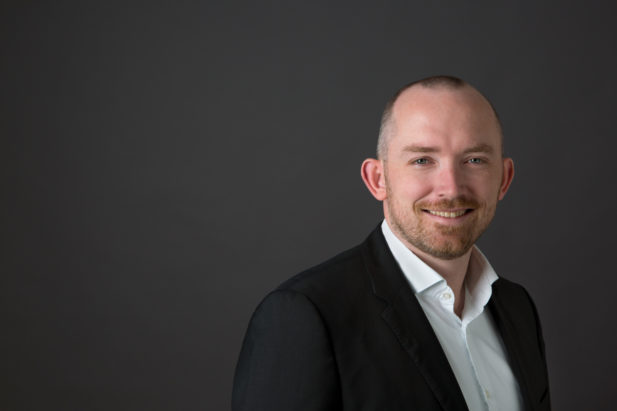Meticulous preparation key to success in PI cases: Henderson

Barrie personal injury lawyer Kevin Henderson’s focus is on fighting to achieve a good outcome for clients injured in motor vehicle accidents, but it doesn’t stop there — he prides himself on working for the client’s best interests, which often fall beyond the parameters of the case.
Henderson, a partner with Oatley Vigmond LLP, recalls helping a nine-year-old boy in southwestern Ontario who was severely injured in an accident on his father’s farm.
“He suffered significant injuries that required life-long care and accommodation,” he tells AdvocateDaily.com. “There were challenges from a legal perspective in terms of the insurance, but there was also a dispute between the father and the mother.”
Over the next two years, the case went forward, and a resolution was reached with the insurance company. However, the family continued to have interpersonal problems.
“We managed to get an excellent outcome for the child,” Henderson says. “At the time, the father, mother, and a third party were controlling the finances.”
After the settlement was reached, the boy was involved in an international abduction, and the mother lost all rights to visitation and financial management of the settlement funds. Henderson was alerted and assisted the family pro bono to sort out some of the issues that had arisen.
Henderson, a graduate of Osgoode Hall Law School, says his previous experience as a litigator with a leading Toronto insurance litigation firm representing many of Canada’s largest insurers, gives him a unique perspective when representing plaintiffs.
“Having come from the other side, I can help explain the process to clients and put them at ease,” he says. “For example, in an examination for discovery, I am able to explain why they are asking certain questions and prepare them for what line of questioning to expect.
“From a strategy perspective, I know what the insurance company is looking for and where to apply the pressure so that it will be most effective. Much of what we do is trying to influence the insurance company to do the right thing.”
Although he had a broad litigation practice following his call to the bar in 2008, Henderson says he always felt a pull to act on the plaintiff’s side of personal injury cases.
“I wanted to help people at a reputable firm and to take on cases for the right reason. That’s how I ultimately ended up with Oatley Vigmond, where I can take on serious and challenging cases. I wouldn’t be satisfied if I wasn’t taking on complex cases with challenging fact scenarios. Those are the people who need the most help.”
With all of his clients, the priority is to help the person get the right treatment they need to start the road to recovery, Henderson says.
“We get the most questions around how we help people get back to where they were, or how we can get them appropriately compensated. I tell every client that it’s better to have a good life than a good lawsuit,” he says.
“I focus on getting them connected with the right treatment professionals who can maximize their recovery. Then I explain to them that the legal process is there to help them pick up the pieces in the event they are not able to recover to their past self.”
When it comes time to go to trial, Henderson says the best defence starts with “meticulous preparation” and a solid strategy to effectively communicate with judge and jury. Often, he says juries can have a conscious or unconscious bias against plaintiff-side injury cases.
For Oatley Vigmond, using demonstrative evidence such as “day in the life” videos of a client can help illustrate a complex medical condition, says Henderson.
While many courthouses in Canada still aren’t fully equipped for electronic trials, he says lawyers can bring the tools they need to make the process easier for all involved.
“We bring all the technology with us to the courtroom,” says Henderson. “We run all of our trials on iPads. A witness could be given an iPad to circle a part of a document or a report the jury is given, or provide exhibits on an iPad to assist with deliberations.”
Henderson also finds those kinds of tools useful in informing a jury about injuries that may not be as visible as others.
“The chronic pain and psychiatric cases are particularly challenging before juries,” he says.
Henderson has used animation to show how an injury has affected someone and to help illustrate the types of treatment someone might be receiving. For example, many are treated with injections, which can be exceptionally painful.
“Showing a jury the real story behind a plaintiff’s case is critical to helping them understand this is not just a subjective injury,” he says.
“The injured need strong representation, especially if they can’t work. You need to turn over every stone and look at every possible angle of the case to make sure they receive the maximum amount for their case.”
